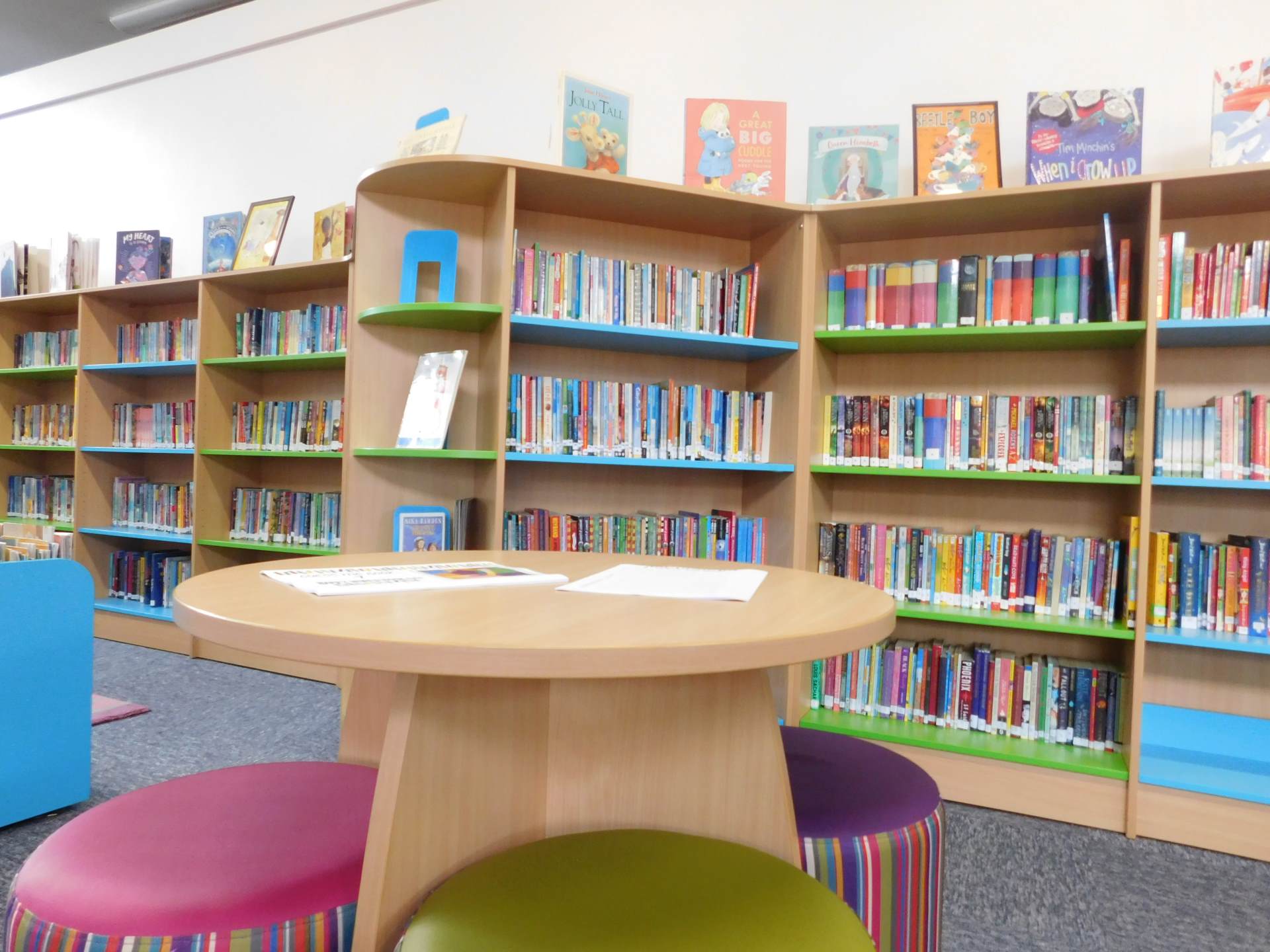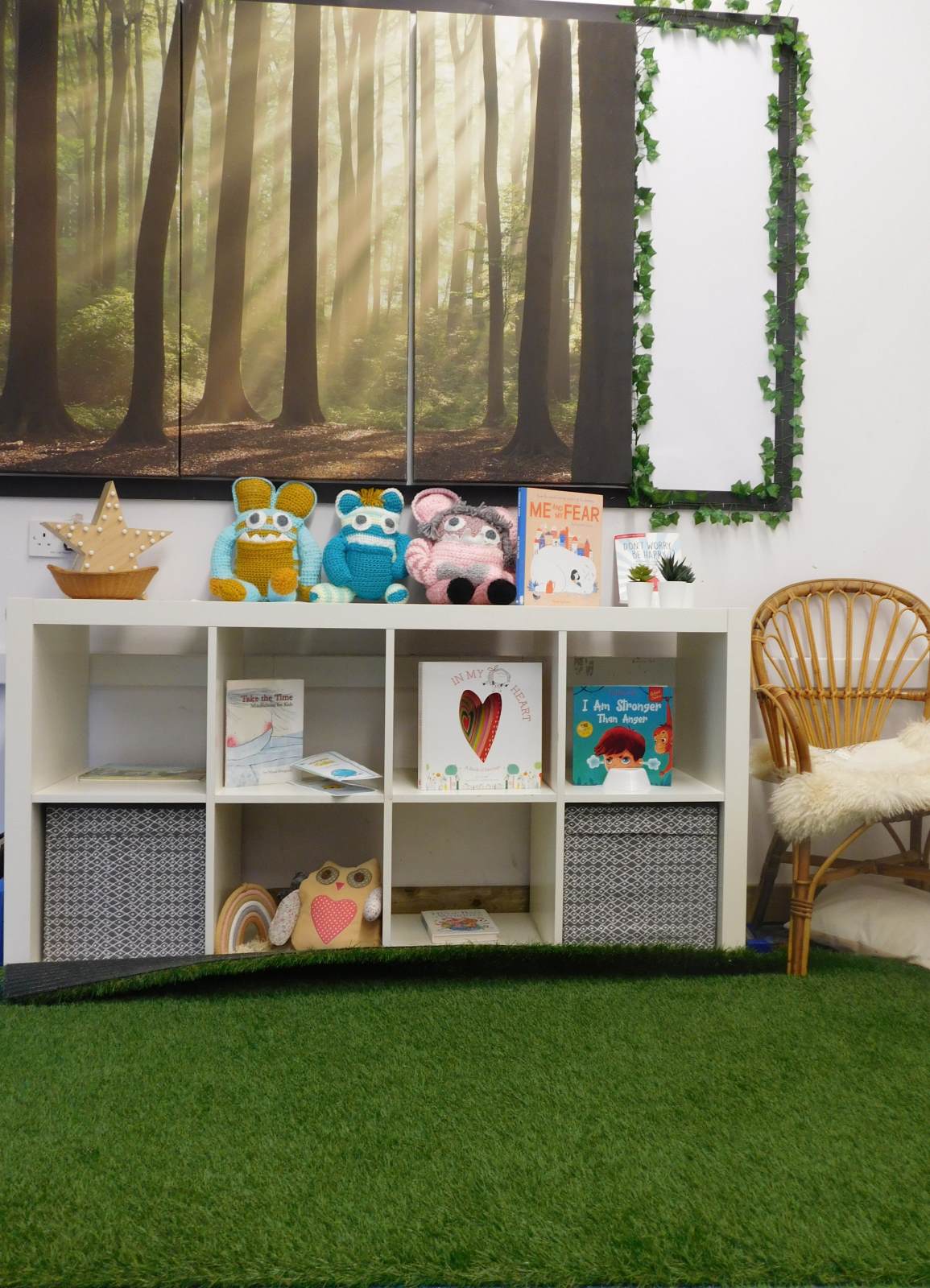Significant and Inspirational Writers
Statutory Spelling List Y1 & Y2 Statutory Spelling List Y3 & Y4 Statutory Spelling List Y5 & Y6
English
“One child, one teacher, one book, one pen can change the world.” Malala Yousefzai

Intent
At Buckingham Primary School, we foster a love of reading and writing.
We aim foster a culture where the importance of reading and writing in everyday life is clearly recognized and where children develop of love of reading, take pride in their writing and enjoy the ability to discuss a wide range of topics fluently and collaboratively.
Once our children are fluent readers, our intent is to encourage children to read widely and often for both pleasure and information. We want children to explore our rich, varied and diverse literary canon, building a love of narrative, poetry and information, along with a broad and rich vocabulary that can be used in both spoken and written communication.
At the heart of our English curriculum is a range of high quality texts, selected by teachers and leaders, to be engaging and inspiring stimuli to reading and writing. We aim to enable all children to see themselves as confident and competent readers and writers. Our ambitious, inclusive curriculum is designed to be accessed by all. The sequential and progressive units of work build each year on previous knowledge and understanding while preparing our pupils confidently to tackle the next stage of their English journey.
Implementation
We ensure that English lessons provide a wide range of engaging, purposeful opportunities to read, write and discuss ideas.
- In EYFS and KS1, children have daily phonics sessions and are, as they learn the sounds, given matched reading books to take home weekly.
- Children in EYFS and KS1 are also given books to take home and share with parents & carers to foster a love of reading and an understanding of purposeful reading.
- Once children are fluent readers, they are given very regular opportunities to enjoy, discuss and share their reading.
- To ensure continued progression in fluent reading, children in KS2 have a reading for fluency book from Big Cat Collins reading scheme which they read daily and record in a reading diary.
- Children who need continued support with their reading fluency are assessed, barriers diagnosed and targeted interventions given.
- Children visit the school library weekly and links with the Buckingham Library and bookshop are encouraged
- Children are encouraged to read widely for pleasure and are supported by teachers in this endeavour through curated recommendations from the class and school library. Children are given opportunities to read their own choice regularly throughout the week.
- Every day, adults share stories, poems and information with the children through a 15-minute story session. Texts are carefully chosen to be engage, excite & provide children with accessible exposure to more challenging texts
- In KS1 and KS2, all pupils have a daily English lesson, which are planned using the high quality texts selected by school leaders and a school-wide planning format. This explicitly teaches the children to become successful writers, reading and writing as both readers and writers. By routinely considering the purpose and audience of writing along with being taught the appropriate grammar, vocabulary, language and style, required for their own writing, they learn to plan, draft, edit and present a wide range of text types.
- Alan Peat sentences are used to augment grammar teaching so that children learn to become confident and skillful using a variety of interesting sentence structures. These sentences also allow children to learn grammatical structures in a more child-friendly way.
- In addition to the daily English lessons, English fluency sessions are taught daily. These focus on practice of spellings, handwriting, grammatical structures and short-burst creative writing to develop automaticity, freeing up working memory for new ideas.
- Each planning cycle starts with a reading focus, to ensure that the children’s comprehension is extended and vocabulary developed; this is based on Aidan Chambers’ Book Talk and helps develop the children’s oracy skills as well as teaching them comprehension strategies.
- Planning includes regular opportunities to allow children to discuss ideas with each other, enabling them to develop the ability to explain themselves clearly and articulately.
- Planning and teaching provides a wide range of regular opportunities for the children to develop the skills needed to write engagingly, fluently and adapting their language, vocabulary and style competently for a range of purposes and audiences.
- Planning includes opportunities, before every piece of published work, for children to discuss, edit and re-draft writing that is their own and other people’s.
- Working walls display ambitious vocabulary and the clear process of writing: reading and analyzing, gathering information for content, planning, drafting, editing and publishing.
- Displays celebrating children’s published writing are in classrooms and around the school. These are changed regularly.
- Vocabulary (key spellings, tier two words, text and subject specific) across the curriculum is displayed in classrooms to encourage ambitious and precise use of vocabulary in all subject areas.
- All classrooms in all key stages have displays of phonics phases to support fluency in reading and spelling.
- Spelling patterns are taught and practiced through the daily fluency sessions.
Impact
By the time pupils at Buckingham Primary School reach Year 6, they will be effective readers, writers and communicators, well prepared for the next stage in their English-learning journey. They will have pride in their creativity, their comprehension and their confidence. Able to use critical thinking skills, they will have the skills to make individual, informed choices about both their reading and writing. During their English journey at Buckingham Primary School, the regular opportunities to apply the skills learnt, support them in this endeavour.
Reccomended Reads by year grouP








